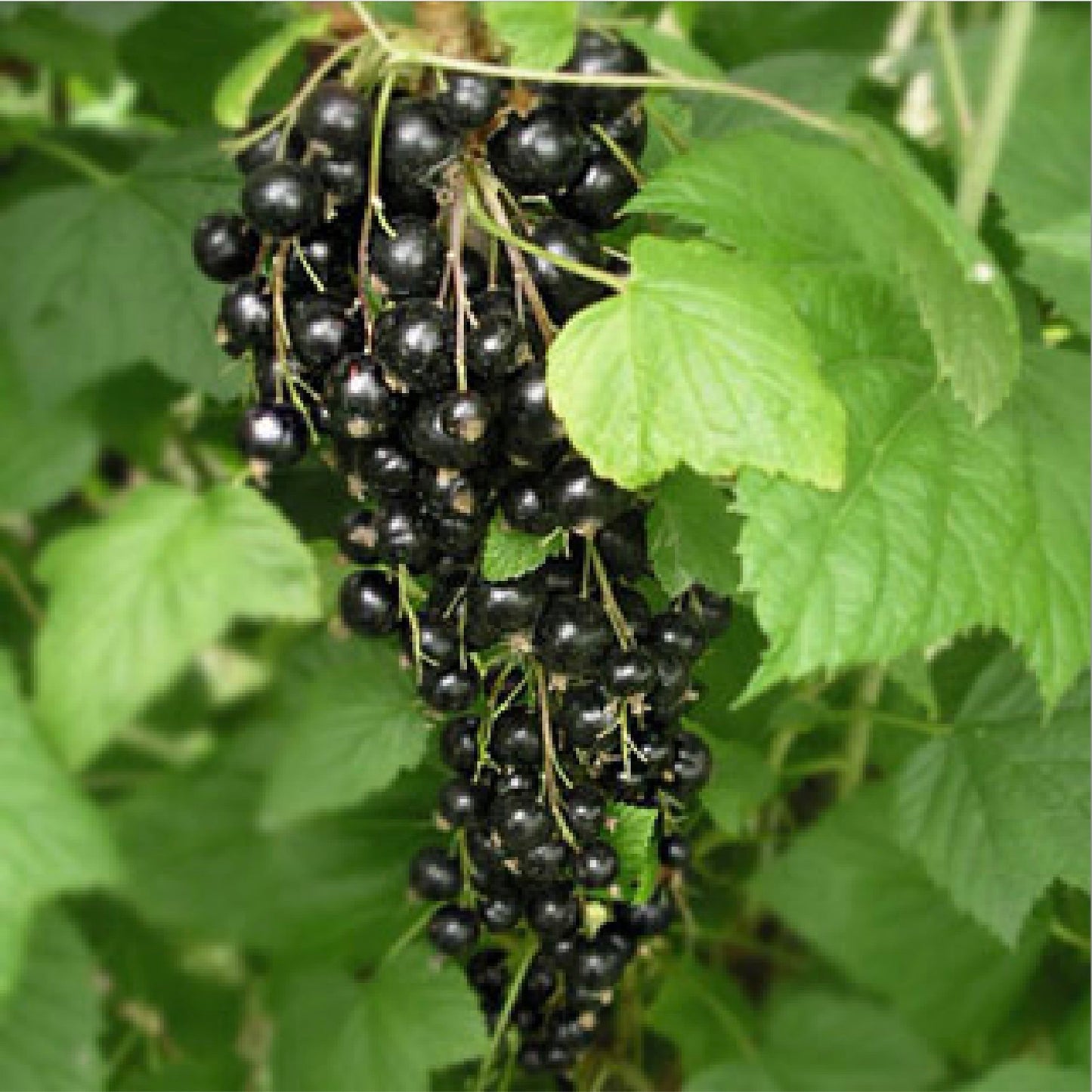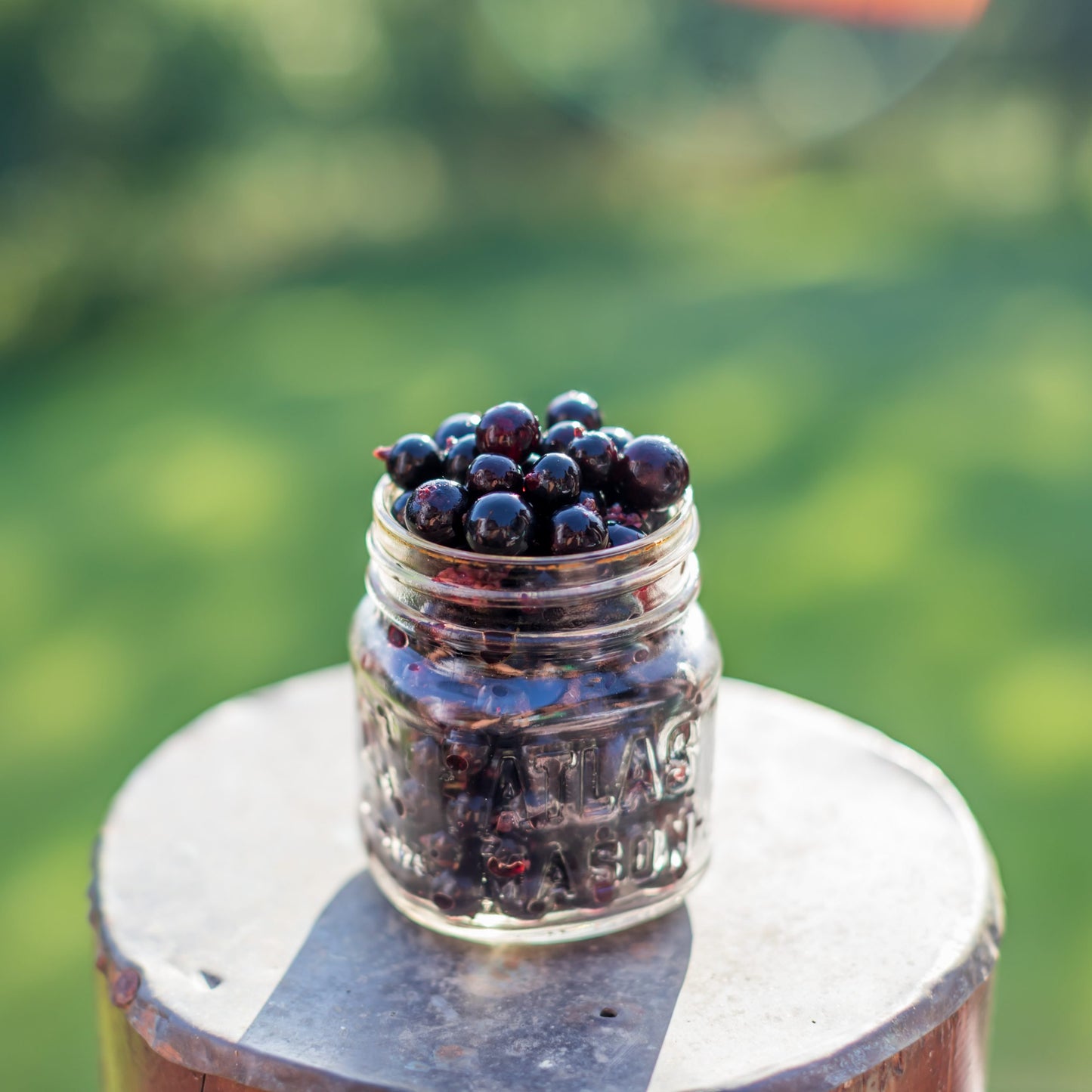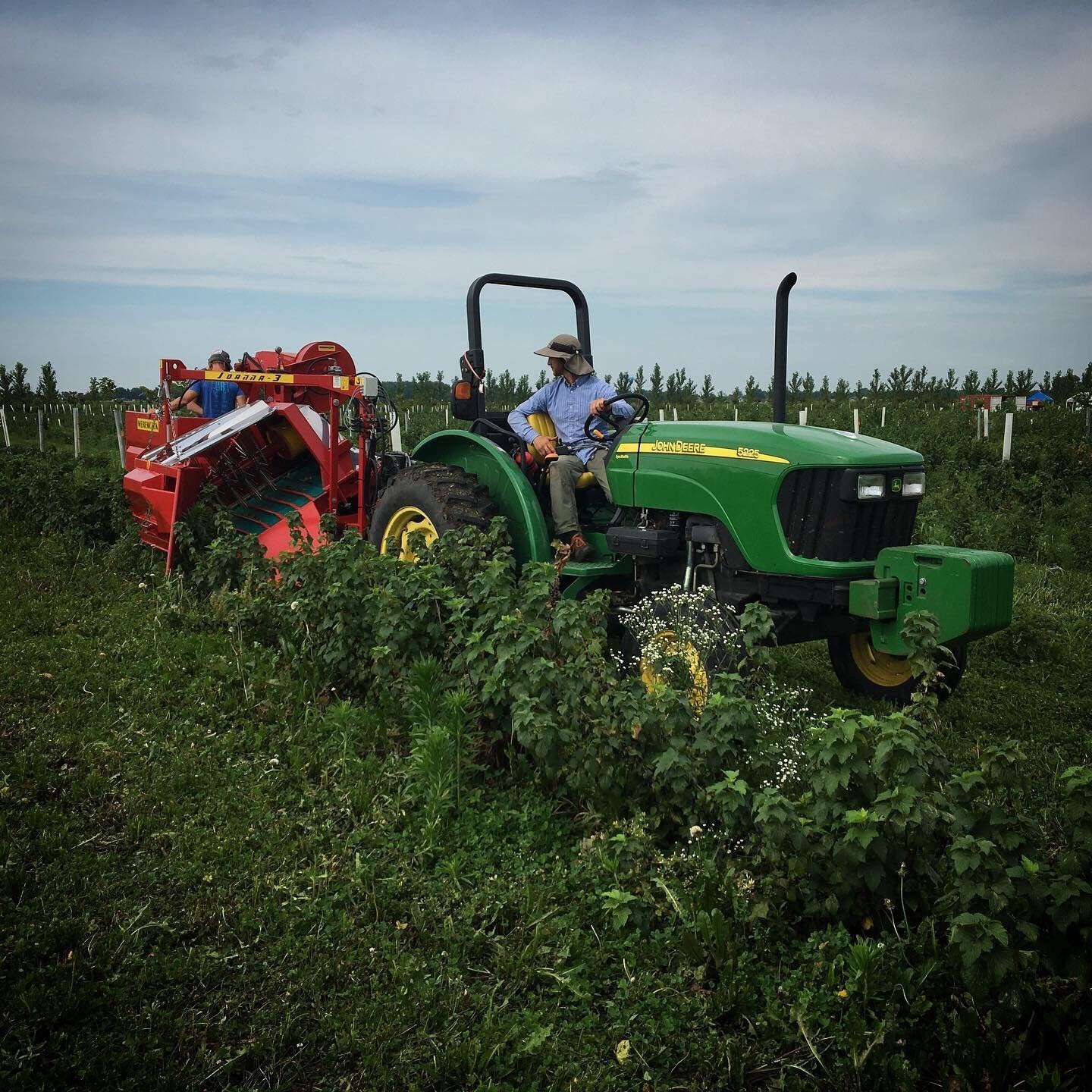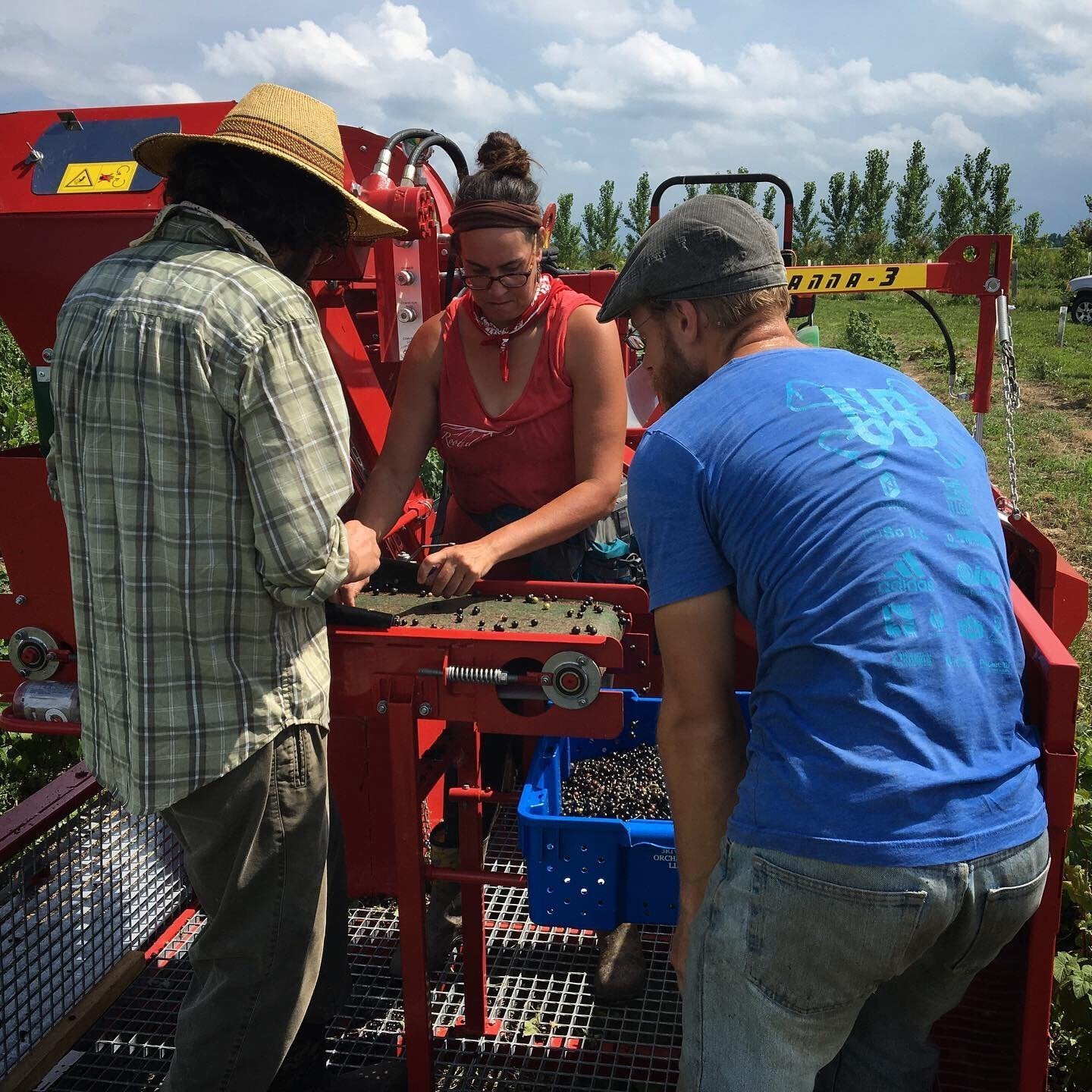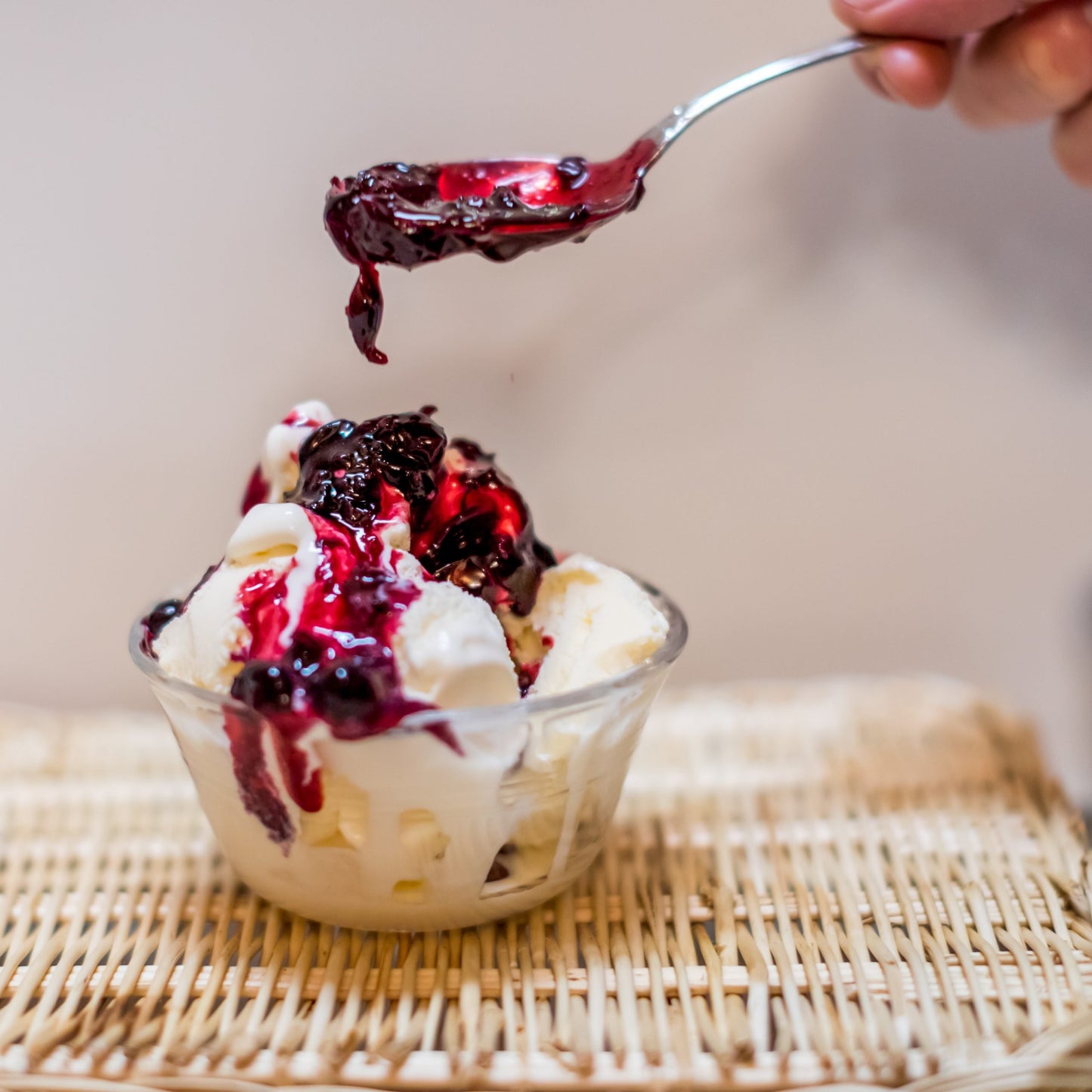Black Currant - Bare Root (2026 Pre-Order)
Black Currant - Bare Root (2026 Pre-Order)
500 in stock
Couldn't load pickup availability
Order now to reserve your McGinnis Black Currant delivery in 2026.
WE DO SHIP BARE ROOT PLANTS. Shipping will be calculated and charged at checkout.
Our black currants are protected against unlicensed propagation; all buyers of McGinnis black currants are required to sign a Non-Propagation Agreement (NPA) in order to complete the transaction. For every black currant Canopy produces, we pay a 15% royalty to the Savanna Institute to help fund their efforts to lay the groundwork for and advance agroforestry.
Suited for USDA Plant Hardiness Zones: 2a-6a (experimental in hotter climates)
Bare roots can be shipped March-May.
Bare root plants must be ordered in multiples of 25.
Will it thrive?
Stop! Before you buy these currants....are you sure they will thrive in your soil and climate? To be sure, you should prepare a Compass Report for your farm at CanopyCompass.com.
Cultivar Descriptions
Blackcomb
Origin: Blackcomb is a hybrid of Ojebyn and Titania, bred for its high yield and disease resistance. It was developed and tested in British Columbia, Canada.
Fruit Qualities: Blackcomb produces fruit that is 20% larger than Titania, with high yields—50% more than Titania and Ben Alder in trials.
Tree (Bush) Characteristics: This variety has a vigorous growth habit, late mid-season flowering, and demonstrates excellent tolerance to late spring frost. It shows high resistance to foliar diseases like mildew and White Pine Blister Rust.
Special Notes: It is well-suited to machine harvest, making it ideal for commercial operations.
Nicola
Origin: A cross between Orlovskaya serenada and Titania, Nicola is the latest cultivar released by McGinnis.
Fruit Qualities: Nicola is known for its excellent flavor, high yields, and strong resistance to mildew and White Pine Blister Rust. It is also well-suited to machine harvest, making it efficient for large-scale production.
Tree (Bush) Characteristics: Nicola offers mid-season flowering and vigorous growth. Its resistance to diseases makes it a reliable choice for various climates.
Special Notes: Nicola produces exceptionally sweet extra-large fruit.
Stikine
Origin: A hybrid of Zusha and Titania, Stikine was developed for superior flavor and high yield. It is well-suited to North American market preferences.
Fruit Qualities: Stikine produces very flavorful fruit that is particularly suited for juice production or fresh markets. Yields are high, but the fruit has a short hang time, requiring careful harvest timing.
Tree (Bush) Characteristics: This variety is highly resistant to White Pine Blister Rust and other foliar diseases. However, in some regions, it is susceptible to cane dieback (Botryosphaeria ribis).
Special Notes: Best used for juice production or sold fresh. It is suited for machine harvest but may require attention in regions with high cane dieback risk.
Tahsis
Origin: A cross between Bieloruskaya sladkaya and Titania, Tahsis was developed in coastal British Columbia.
Fruit Qualities: Tahsis produces very large fruit, outperforming Ben Sarek in size, and is noted for its high yields. The fruit is well-displayed, making it ideal for hand harvest or U-pick operations.
Tree (Bush) Characteristics: It flowers in the late mid-season, shows high tolerance to late spring frost, and is strongly resistant to White Pine Blister Rust and mildew. Its growth habit is spreading.
Special Notes: This variety is not suitable for machine harvest.
Whistler
Origin: Whistler is a hybrid of Ben Tirran and Bieloruskaya sladkaya, developed for high yields and disease resistance.
Fruit Qualities: Whistler produces small to medium-sized fruit on the West Coast but larger fruit in Central and Midwest regions. Its juice quality is excellent, making it well-suited for both fresh and processed markets.
Tree (Bush) Characteristics: With a slightly spreading habit and medium vigor, Whistler flowers late-mid season and has good tolerance for late spring frost. It is moderately resistant to mildew and good resistance to White Pine Blister Rust.
Special Notes: Whistler is well-suited for machine harvest and delivers over 50% higher yields than Titania and Ben Alder in trials.
Cultivar Data
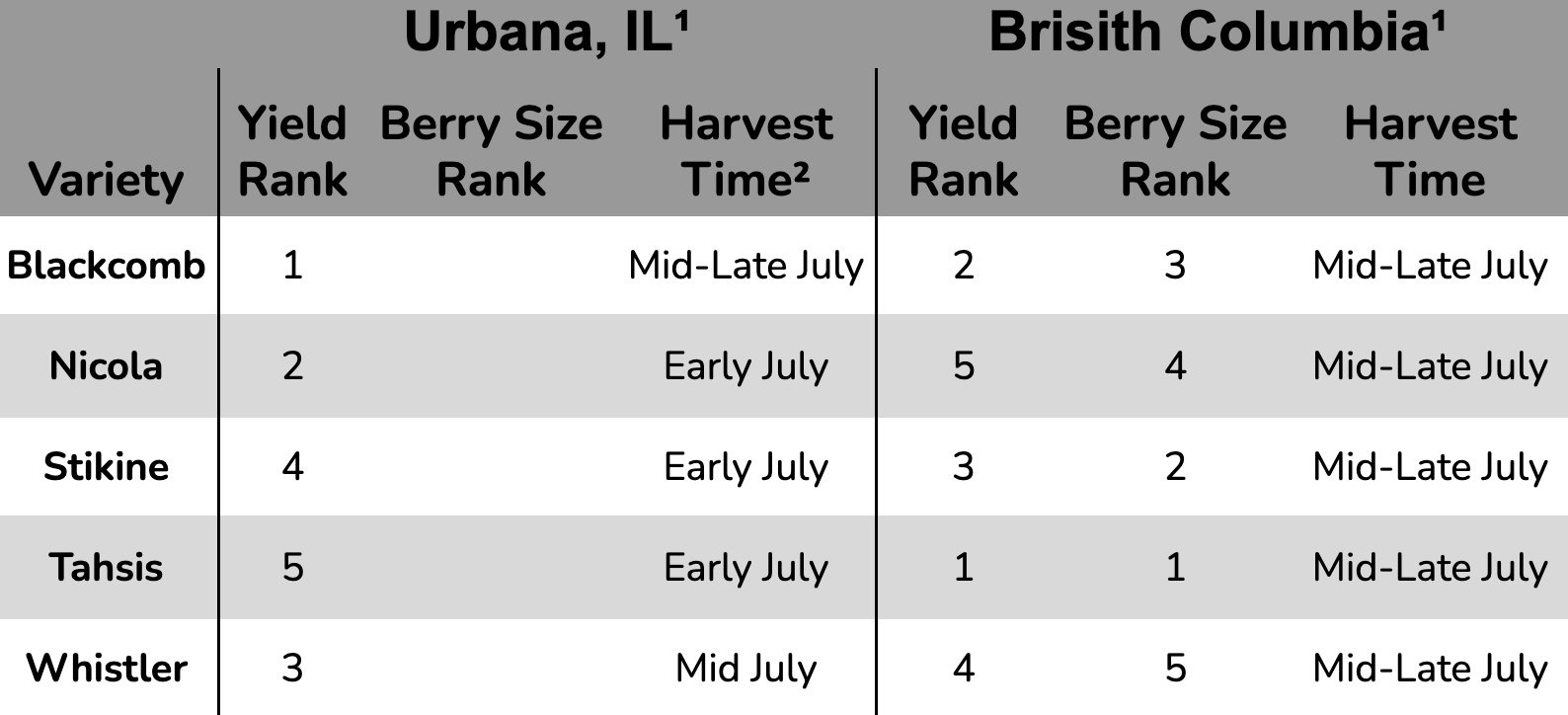

Disease Rating Key
- 0 = Immune
- 1 = Highly resistant
- 2 = Mildly susceptible
- 3 = Moderately susceptible
- 4 = Highly susceptible
(1)
Currants exhibit high genotype x environment interaction, meaning that cultivars perform differently depending on the environment they are grown in. The highest yielding cultivar in one climate, may not be the top performer in another climate. Data is shown above for two contrasting climates: Urbana, IL, USA and British Columbia, Canada to provide a starting point for cultivar information. If you are unsure about which cultivar will be best for you, we recommend ordering some plants of each cultivar and then seeing what works best in your area before placing a larger order.
(2)
No significant difference in the timing of leaf out or flowering has been observed among the cultivars in Urbana. Leaf out occurs around April 1st, and flowering occurs around April 20th.
(3)
Currant cane dieback or currant cane blight (Botryosphaeria ribis) is not a significant concern in all areas of North America. You can find information about the disease HERE.
Growing Recommendations
Recommended plant spacing is:
- Machine harvest: 2′ within rows and at least 12′ between rows, although some mechanical harvesters require greater spacing between rows.
- Hand harvest: 4′ within rows and at least 8′ between rows (though keep in mind your tractor/mower width!)
Black currants require the following soil/climate conditions:
- Soil depth: at least 12″
- Soil pH: 5.5 – 7 (if you are outside this range, you can adjust with soil amendments)
- Chilling hours: at least 800
- USDA plant hardiness zones: 2-9
- Limited summer days with max temperature greater than 90˚F: If you are in zones 7+ you will want to make sure that your plants are at least partially shaded during the hottest portions of the day.
